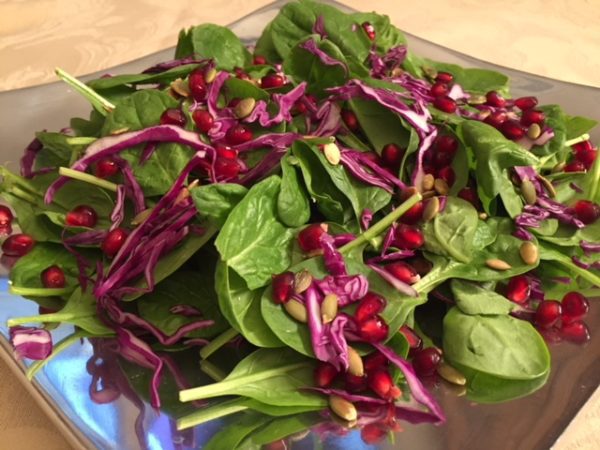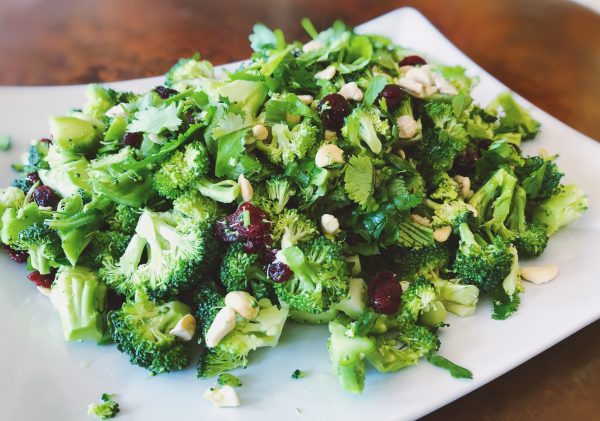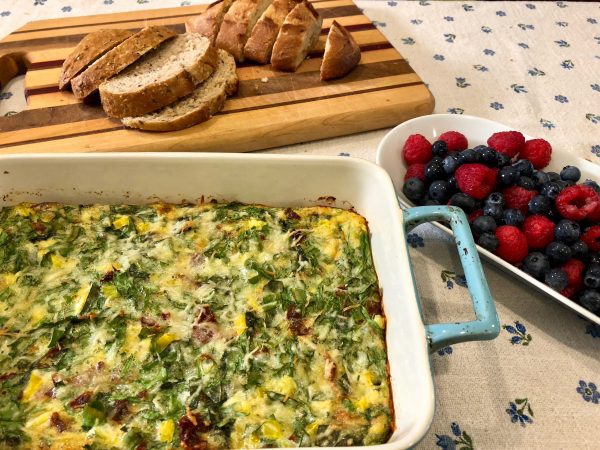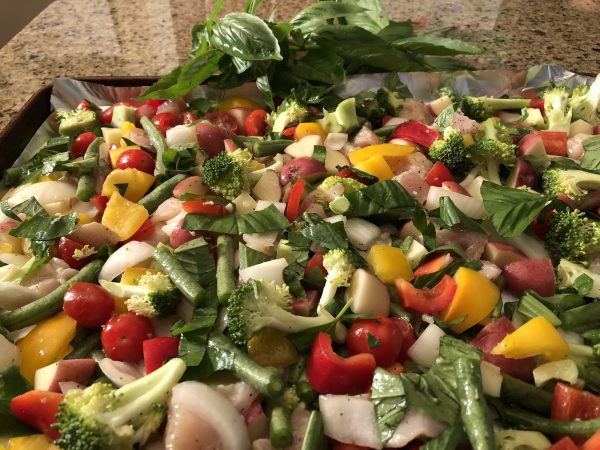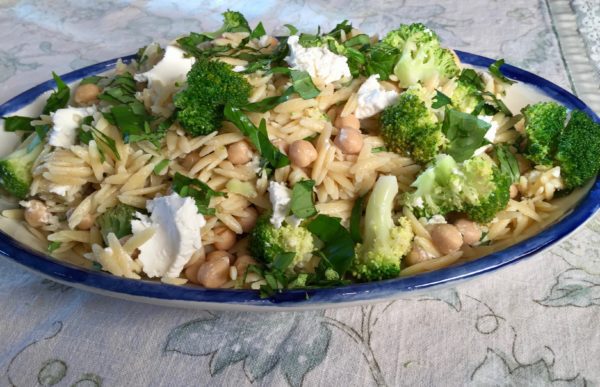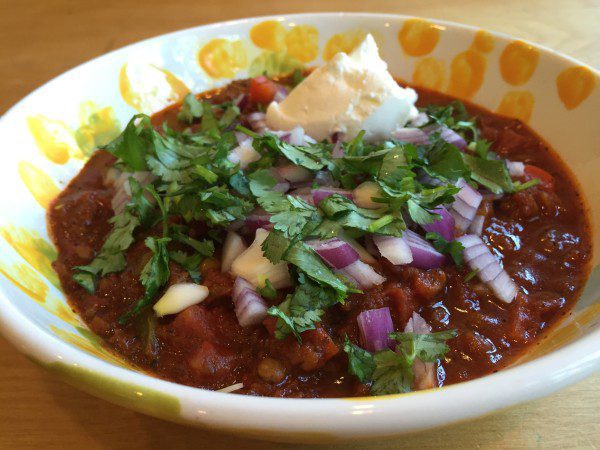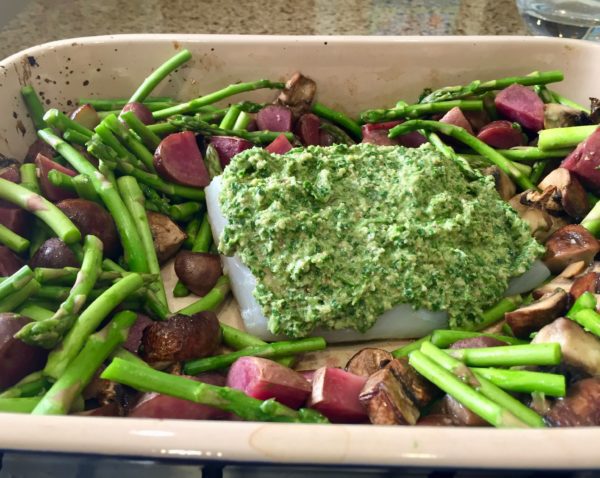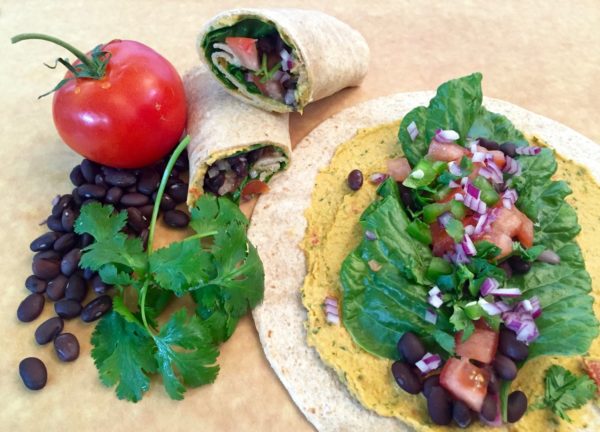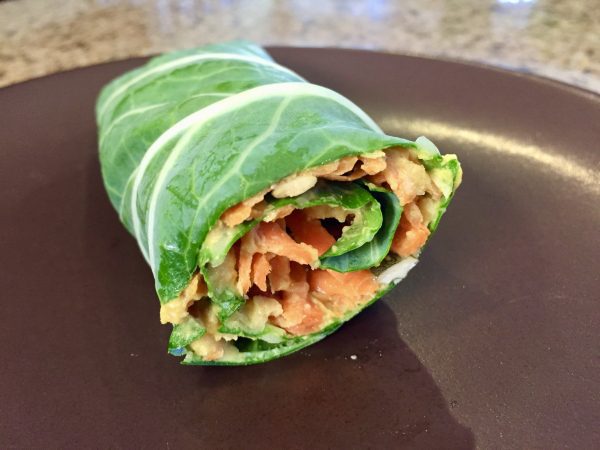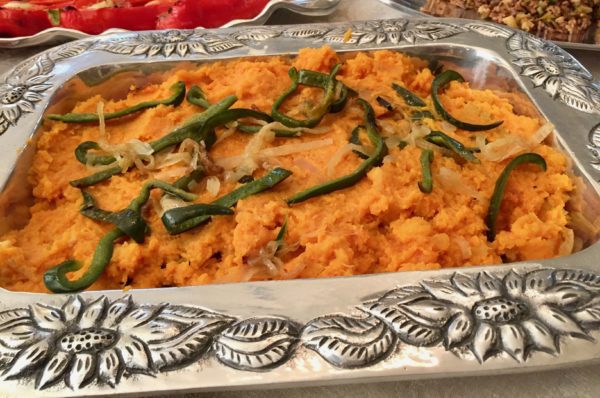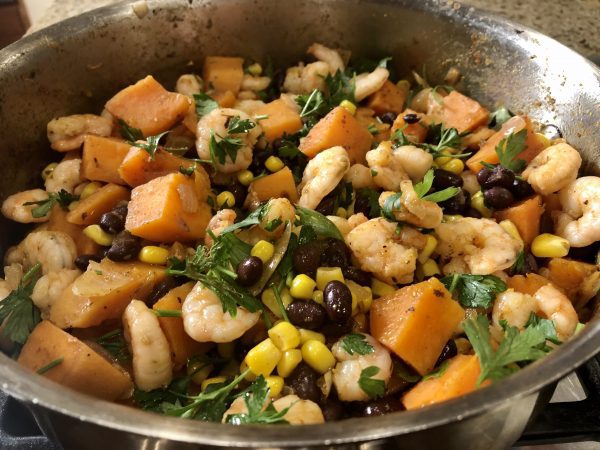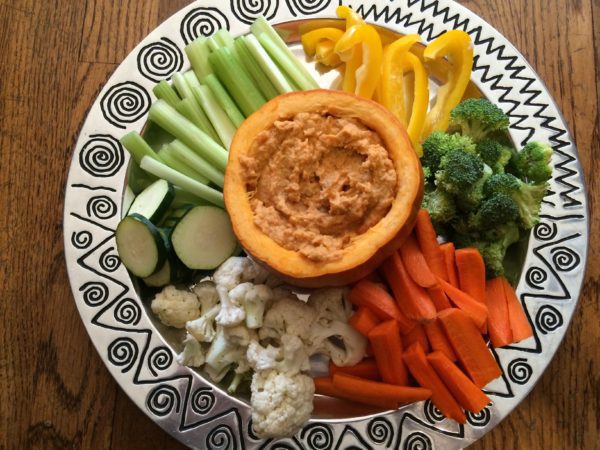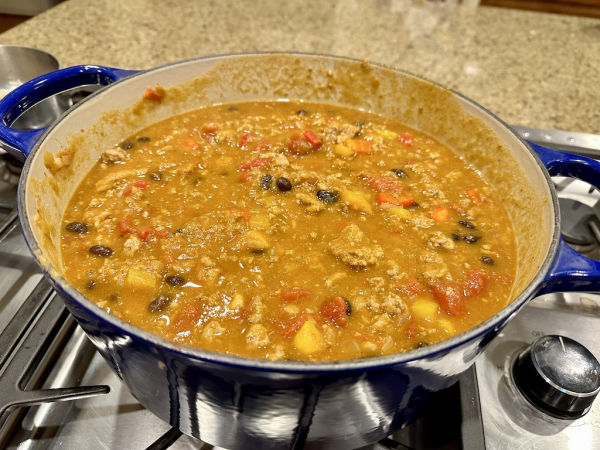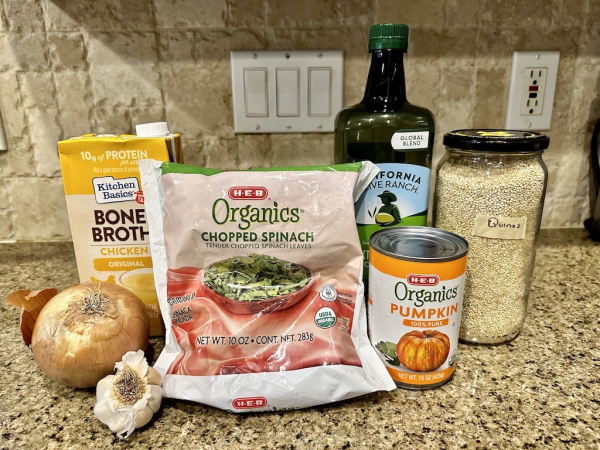6 Nutritious, Delicious Beet Recipes
Eat more good mood red food beets! Did you know beets are a rich source of vitamins and minerals?
Vitamins : Vitamin A, B6, B12, Vitamin C, Vitamin D, Vitamin E, Vitamin K, folate, riboflavin, and betaine.
Minerals: Calcium, iron, potassium phosphorus, sodium, fluoride, Zinc, copper, manganese, and selenium.
Beets also contain phytochemicals (natural chemical compounds in plants) called anthocyanins that are great for your brain. These powerful antioxidants help reduce inflammation. Research shows they help prevent age-related decline in the nervous system.
[su_expanding_quote_web alignment=”right” source_site=”Drew Ramsey MD” source_url=”https://drewramseymd.com/nutrients/anthocyanins/” full_quote=”Anthocyanins cause levels of the brain protecting chemical BDNF to increase, improving learning and memory skills while helping warding off depression. They also help promote different types of memory, whether it’s remembering a phone number long enough to jot it down or learning how to navigate a new city. Anthocyanins have even been shown to slow down age-related decline in brain function. These phytochemicals are linked to better heart health and posses anti-cancer activity.” short_quote=”anthocyanins improve learning and memory skills while helping ward off depression”]In addition to helping boost brain function, here are 10 Reasons to eat beets:
- Improve liver function
- Prevent signs of aging
- Increase hemoglobin levels – increases oxygen levels and improve blood circulation in the body
- Reduce inflammation
- Improve stamina
- Lower blood pressure
- Brighten skin tone
- Help control diabetes
- Purify the blood
- Promote healthy hair
Roast them, steam them, bake them or shred them raw. You’ll be surprised at all the delicious nutritions ways to eat them. Here are some our favorites:
Beet Hummus – The Natural Nurturer
How about some good mood red food hummus? Hummus is a frequent inhabitant in my refrigerator for lunch wraps and salads, or afternoon snacks. This is a fabulous way to change it up.
Beet Apple Carrot Ginger Soup – Just Beet It
Carrot Beet Salad – Color My Food
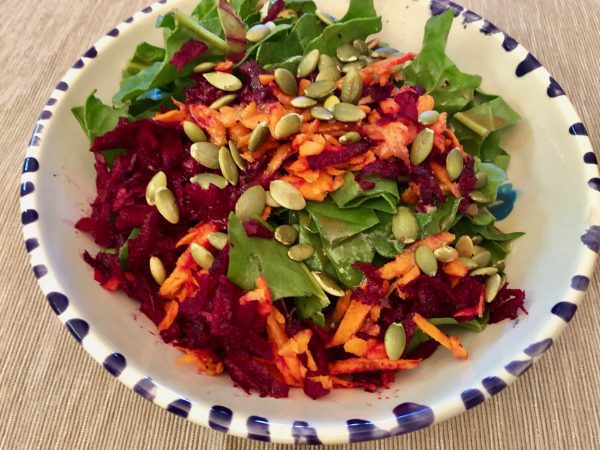
Crimson Coleslaw – Color My Food
It’s worth making this for the colors! And oftentimes even people who don’t like beets change their minds after trying this beautiful coleslaw.
![]()
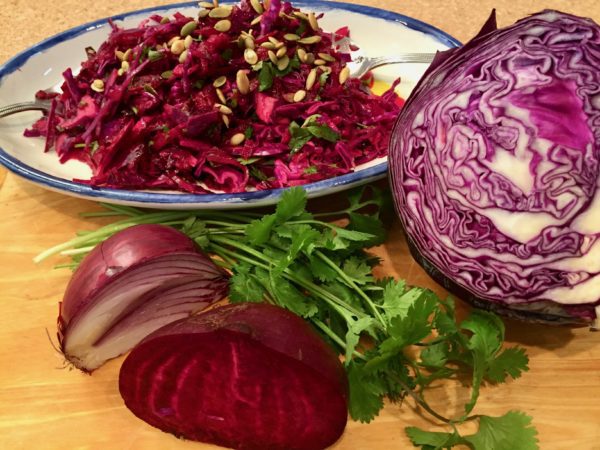
Red Beet Pancakes – Weelicious
These are not only a standing Valentine’s tradition in my kitchen, but show up with some frequency when beets are in season. I make a double batch and freeze them.
- Top with whole-milk Greek yogurt mixed with a bit of honey
- Make “sammies” with cream cheese
- For a special treat, top with with melted dark chocolate mixed with a bit of butter of coconut milk
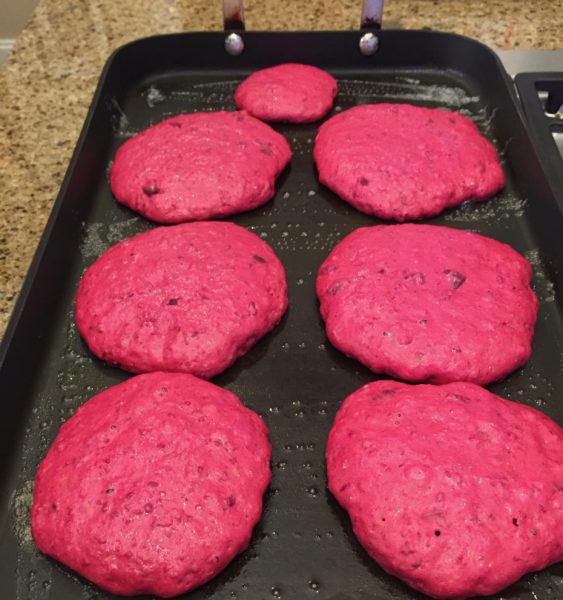
Red Beet Cupcakes Weelicious
Made these for a Valentine’s play date when my daughter was a toddler. Almost a decade later, these cupcakes are still one of our favorites! So yummy and pretty.

Did you know you can eat the beet greens to? Another rich source of nutrients! AND fiber! I slice them coleslaw-style into a salad, or I add to soups and stews they way I do with spinach, kale or other dark leafy green.
What’s your favorite way to eat beets?
For More Empowerment
Just Beet It – Creative beet recipes, fascinating beet history, interesting beet facts and trivia, and detailed beet nutrition.
Updated from post published February 2021

